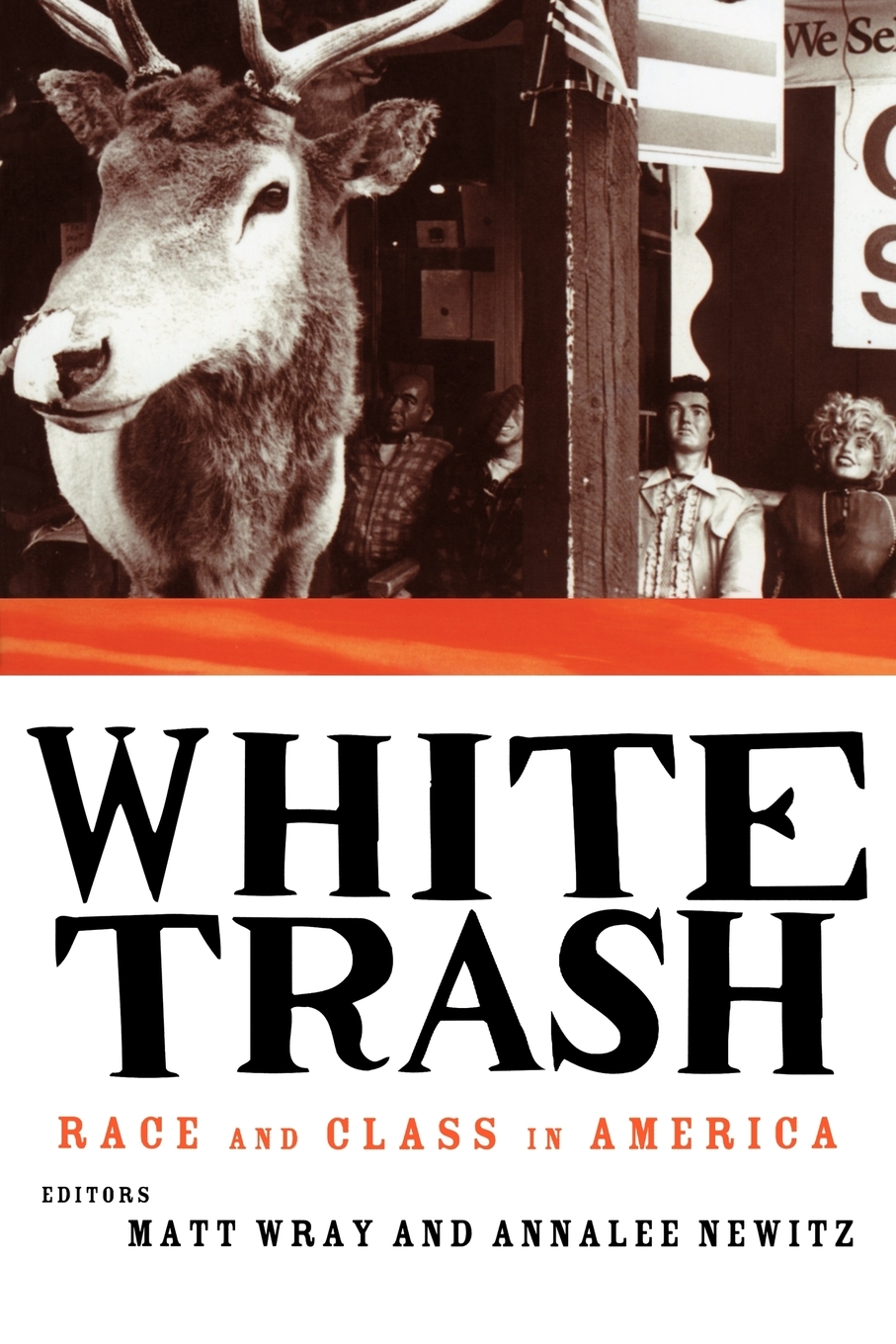
Isenberg originates this dynamic with the 16th-century thinker Richard Hakluyt the elder, as well as his cousin of the same name, Richard Hakluyt the younger: Less commonly understood is the profound link between the domination of land and the domination of people, especially in contexts where the primary mechanisms of oppression are not race or cultural background, but rather class and socioeconomic standing.

It is no secret that the first white people who came to America sought immediately to dominate their surroundings. On the journey through this alien yet eerily familiar terrain, two strong themes emerge: (1) There has always been an undeniable connection between the American willingness to exploit poor whites and our determination to exploit our physical landscape, and (2) The boundaries of the American class system are much less permeable and far more oppressive than our national mythology purports.


Going deeper, the true goal seems to be unmasking the violence that each vicious label has wrought on targets and users alike. The superficial goal of Isenberg’s project is to reveal the particular origins and uses of these terms. The white poor have been with us in various guises, as the names they have been given across the centuries attest: Waste people. This book brims with examinations of the various monikers and epithets that have been applied to poor whites, beginning with the precolonial era and marching straight into the early 21st century: The most salient feature of Isenberg’s approach is her fastidious attention to the language of American history. The poor, the waste, the rubbish, as they are variously labeled, have stood front and center during America’s most formative political contests…White trash remind us of one of the American nation’s uncomfortable truths: the poor are always with us. We can no longer ignore the stagnant, expendable bottom layers of society in explaining the national identity. It is not only directed by the top 1 percent and supported by a contented middle class.

Throughout its history, the United States has always had a class system. Every page seeks to burst the bubble of American mythology, luring us away from dreamy, ahistorical sentiments of equal opportunity and upward mobility and into the reality of our harsh past: Isenberg’s writing is crowded with historical detail, exuding that special character of an author who has done more than her fair share of serious scholarship. This is the just one of the lessons we can take away from White Trash, Nancy Isenberg’s sprawling history of America’s white underclass. As the idea that leading America would be somehow simple or easy crumbles before Trump’s eyes, those of us looking on do well to remind ourselves that our present is complicated because we have inherited it from a complicated past. If such a thing as disillusionment is possible inside the skull of Donald Trump, this may be one of those rare weekends in which it is buzzing about.


 0 kommentar(er)
0 kommentar(er)
